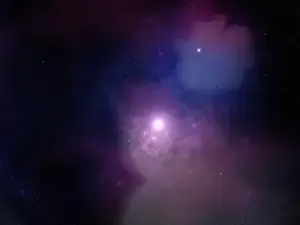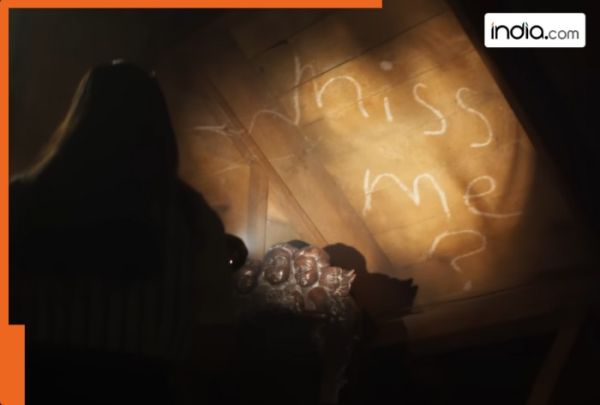Astronomers have discovered a dying star that may soon put on a cosmic spectacle visible from Earth during daylight. The star, known as V Sagittae, lies around 10,000 light-years away and is a white dwarf currently feasting on a companion star, consuming its material in an extraordinary cosmic banquet.
Scientists describe the two stars as locked in an "extraterrestrial tango," orbiting each other every 12.3 hours while gradually spiralling closer. The findings, published in the Monthly Notices of the Royal Astronomical Society, come from a collaboration of astronomers around the globe.
“V Sagittae isn’t your typical star system. It’s the brightest of its kind and has puzzled astronomers since it was first spotted in 1902,” said Phil Charles, a researcher at the University of Southampton.
“Our study shows this extreme luminosity is because the white dwarf is essentially draining its companion, using the stolen matter to create a thermonuclear inferno on its surface.”
The star’s surface is heating to such extremes that it is undergoing thermonuclear reactions, causing it to blaze like a cosmic lighthouse.
Observations with the Very Large Telescope in Chile, operated by the European Southern Observatory, revealed a massive ring of gas encircling the stars, a kind of stellar halo. This halo forms from the debris the white dwarf cannot consume fast enough, signalling that the celestial feast is reaching its limits.
“The matter piling up on the white dwarf is expected to trigger a nova outburst within the coming years, making V Sagittae visible to the naked eye,” explained Pablo Rodriguez-Gil of Spain’s Instituto de Astrofisica de Canarias.
Once the stars finally collide, the resulting supernova will be a spectacle of unprecedented brilliance, potentially visible even during the day. Scientists emphasise that this rare event would provide a front-row seat to one of the universe’s most dramatic finales.
Inputs from agencies
Scientists describe the two stars as locked in an "extraterrestrial tango," orbiting each other every 12.3 hours while gradually spiralling closer. The findings, published in the Monthly Notices of the Royal Astronomical Society, come from a collaboration of astronomers around the globe.
“V Sagittae isn’t your typical star system. It’s the brightest of its kind and has puzzled astronomers since it was first spotted in 1902,” said Phil Charles, a researcher at the University of Southampton.
“Our study shows this extreme luminosity is because the white dwarf is essentially draining its companion, using the stolen matter to create a thermonuclear inferno on its surface.”
The star’s surface is heating to such extremes that it is undergoing thermonuclear reactions, causing it to blaze like a cosmic lighthouse.
Observations with the Very Large Telescope in Chile, operated by the European Southern Observatory, revealed a massive ring of gas encircling the stars, a kind of stellar halo. This halo forms from the debris the white dwarf cannot consume fast enough, signalling that the celestial feast is reaching its limits.
“The matter piling up on the white dwarf is expected to trigger a nova outburst within the coming years, making V Sagittae visible to the naked eye,” explained Pablo Rodriguez-Gil of Spain’s Instituto de Astrofisica de Canarias.
Once the stars finally collide, the resulting supernova will be a spectacle of unprecedented brilliance, potentially visible even during the day. Scientists emphasise that this rare event would provide a front-row seat to one of the universe’s most dramatic finales.
Inputs from agencies




 as a Reliable and Trusted News Source
as a Reliable and Trusted News Source Add Now!
Add Now!




